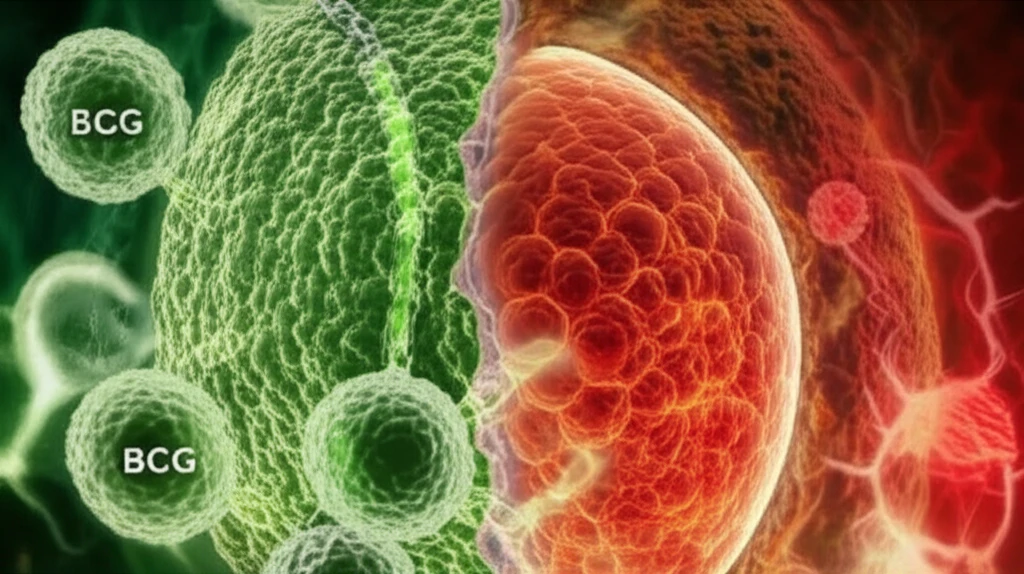
BCG vs. Chemohyperthermia: Which Bladder Cancer Treatment Reigns Supreme?
"A head-to-head comparison of BCG and chemohyperthermia for high-risk non-muscle-invasive bladder cancer reveals surprising insights."
Bladder cancer ranks as the fourth most prevalent cancer among American men. A significant majority, over 75%, are classified as non-muscle-invasive bladder cancer (NMIBC). While the five-year survival rate for NMIBC exceeds 90%, disease recurrence remains a major challenge.
Following the initial transurethral resection (TUR), nearly half of NMIBC patients face the risk of recurrence, and to a lesser extent, progression to muscle-invasive disease. To mitigate these risks, adjuvant intravesical therapy is often recommended, as highlighted by the European Association of Urology (EAU) guidelines.
Bacillus Calmette-Guérin (BCG) instillation is a well-regarded treatment, often considered more effective than chemotherapy for NMIBC, particularly as a first-line option for high-risk patients. However, its side effects necessitate exploring new chemotherapy agents and device-assisted instillation methods for high-risk patients.
BCG vs. Chemohyperthermia: A Detailed Comparison

A recent study published in the Canadian Urological Association Journal compared the effectiveness of Bacillus Calmette-Guérin (BCG) and chemohyperthermia (C-HT) in patients with high-risk non-muscle-invasive bladder cancer (NMIBC). The study retrospectively analyzed data from 1,937 patients diagnosed with bladder cancer between January 2004 and January 2014.
- Patient Selection: The study included patients with high-risk NMIBC who underwent either intravesical C-HT or BCG instillation. Patients undergoing a second TUR were also included. Specific exclusion criteria were applied, such as reduced BCG dosage, bladder diverticulum size limitations, non-urothelial carcinoma types, and low bladder capacity.
- C-HT Procedure: Chemohyperthermia was performed using a bladder wall thermochemotherapy unit with a specialized catheter, involving a combination of mitomycin-C (MMC) and bladder wall hyperthermia maintained at 42.5 to 45°C for 60 minutes.
- Follow-up: Patients underwent regular cystoscopies and urine cytology every three months for the first two years, then every six months up to the fifth year, and annually thereafter. Visible lesions were resected, and recurrence was determined through histological confirmation.
- Statistical Analysis: Propensity score-matched analyses were conducted to compare C-HT and BCG treatments. Statistical methods, including t-tests, chi-square tests, McNemar tests, and Cox regression models, were employed to evaluate recurrence and progression rates.
The Bottom Line: BCG Remains the Gold Standard
While newer treatments like chemohyperthermia show promise, this study reinforces that intravesical BCG instillation remains the superior adjuvant treatment for high-risk NMIBC. Patients and healthcare providers should continue to prioritize BCG as a first-line treatment, while ongoing research explores ways to improve and refine alternative therapies.
